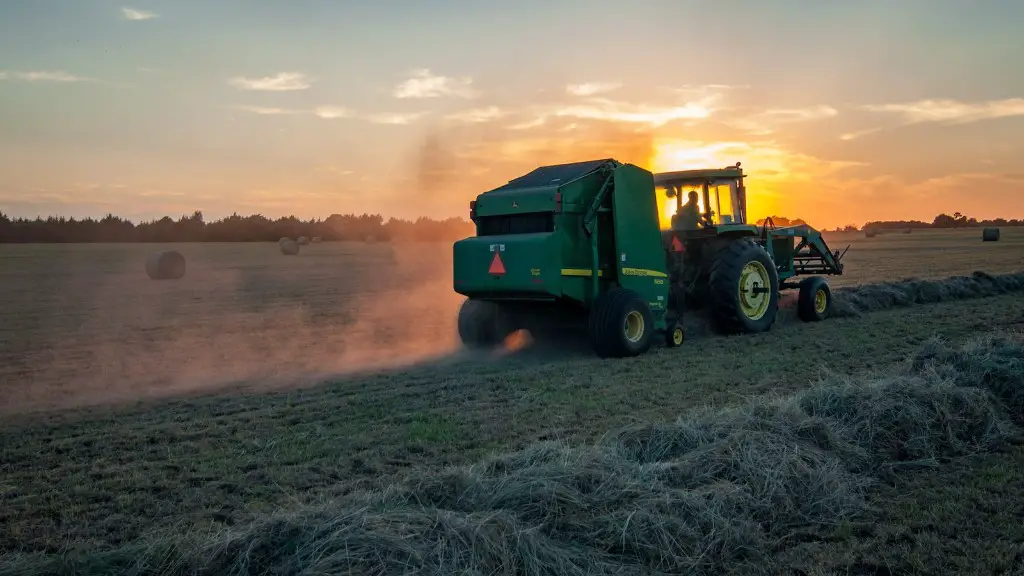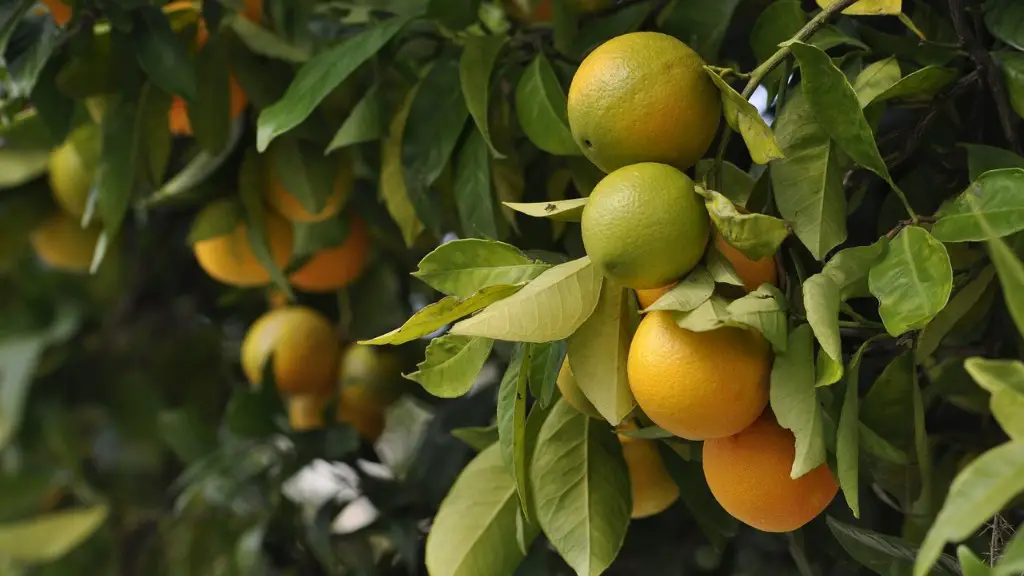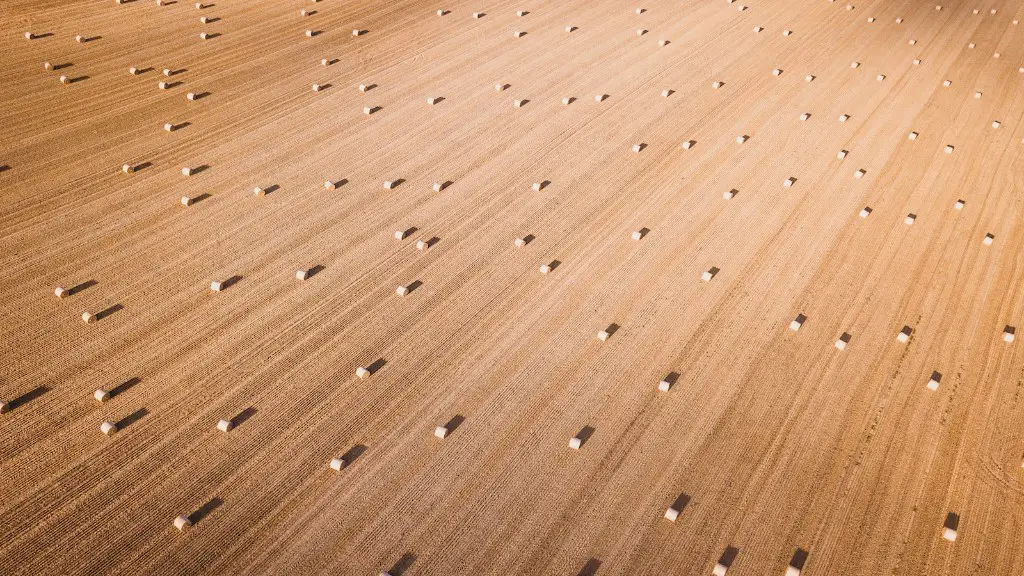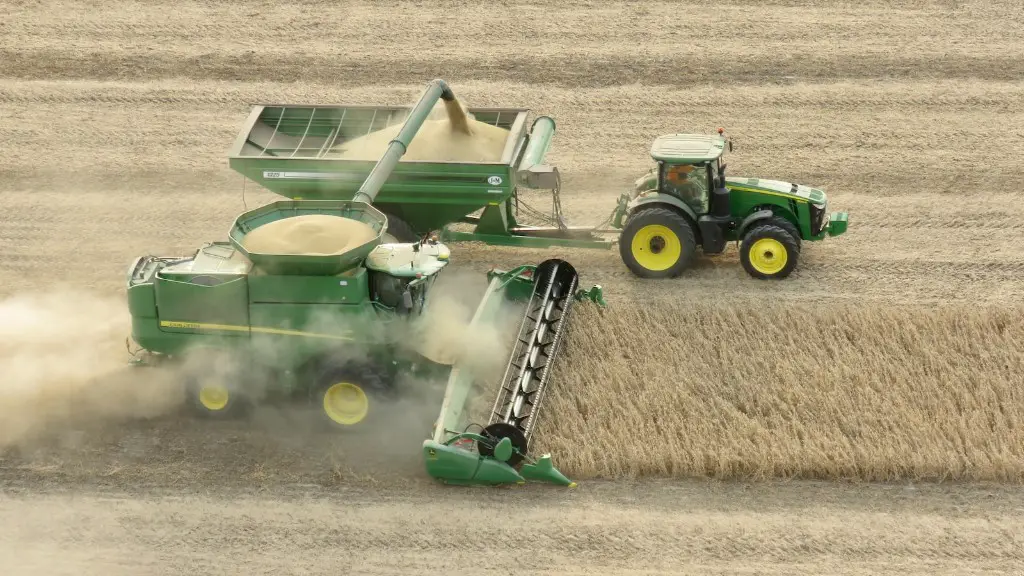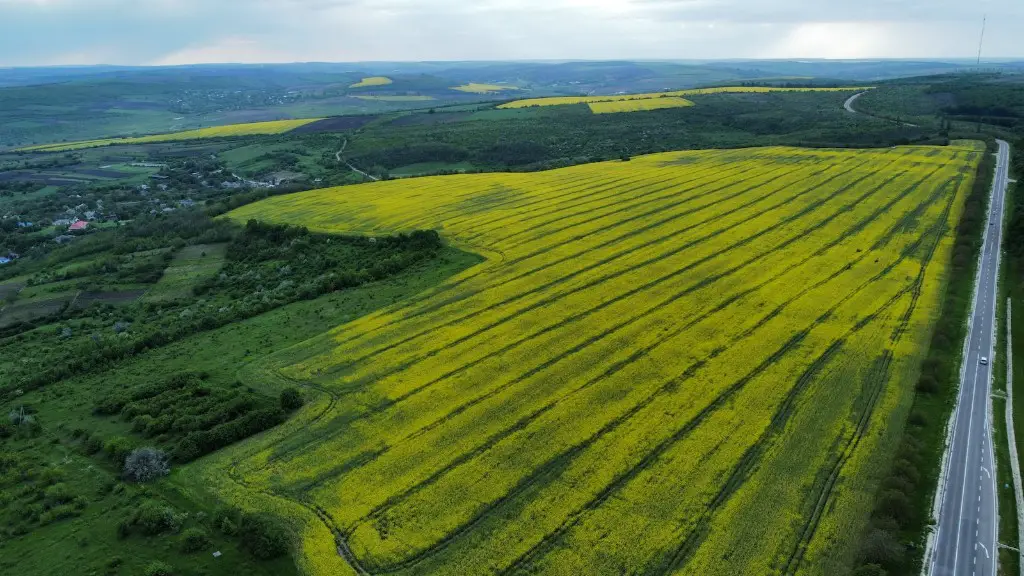The origins of agriculture go back to the very beginning of human civilization. Modern agriculture is a product of thousands of years of innovation and adaptation by people all over the world. Agriculture allowed for the growth of cities and the rise of civilizations. It has played a vital role in the development of human societies. Today, agriculture is essential to the survival of billions of people around the globe.
In the early stages of human civilization, people were hunter-gatherers who subsisted on what they could kill or find. Around 10,000 BC, however, the lifestyle of these ancient peoples began to change. They started domesticating plants and animals, and began to lead more sedentary lives. Agriculture had arrived.
How did this transformation happen? It’s still not entirely clear. One theory suggests that early humans began planting crops following the path of migrating animals. Another proposes that a change in the climate made wild plants less reliable, prompting humans to take up farming.
Whatever the case, the invention of agriculture was a crucial step in human history. It allowed for the rise of civilizations and the growth of cities. It also made it possible for people to feed themselves without having to spend all their time hunting and gathering.
How did the first agricultural revolution evolve?
The end of the Ice Age was a pivotal moment in human history. Most archaeologists believe that the sudden blossoming of civilization was driven largely by environmental changes, namely a gradual warming that allowed some people to begin cultivating plants and herding animals in abundance. This shift away from foraging and towards agriculture was a major turning point for humanity, and has had a profound impact on the world ever since.
Agriculture began in a few small areas around the world, but it is believed to have started in the Fertile Crescent. The Fertile Crescent is a region in the Near East that includes parts of modern-day Iraq, Syria, Lebanon, Israel and Jordan. This region has rich soil and was perfect for early agriculture.
How has agriculture changed since it was first invented
Since 1900, agricultural productivity in developed nations has increased significantly due to mechanization and the use of synthetic fertilizers, pesticides, and selective breeding. This has led to increased food production and improved food security in developed nations. In developing nations, agricultural productivity has also increased, though to a lesser extent, due to the adoption of some of these same technologies and practices. This has led to improved food security in developing nations as well, though challenges remain.
The Fertile Crescent was one of the first regions in the world to be settled by humans. The earliest farmers in the Fertile Crescent lived in small villages and grew crops such as wheat, barley, oats, and lentils. They also kept goats, sheep, and pigs. The Fertile Crescent was a naturally fertile region with ample rainfall and ample sunlight. The soil was also rich in nutrients, which made it ideal for farming.
When did agriculture evolved?
Agriculture has been an important part of human civilization for millennia. It was developed at least 10,000 years ago, and since then, it has undergone significant changes and improvements. Agriculture has allowed humans to domesticated plants and animals, which has led to the development of civilizations and the growth of cities and towns. Today, agriculture is still an important part of the global economy, and it plays a vital role in feeding the world’s population.
The Neolithic revolution was a time when people in various parts of the world discovered that they could control the growth of wild plants. This allowed them to ensure that they had enough food without having to move. The rise of farming and the changing patterns in society that came out of this were the result of this discovery.
How did humans start agriculture?
The agricultural revolution was a period of profound change in the relationship between humans and their environment. Prior to this, humans lived as hunter-gatherers, relying on nature for their sustenance. With the advent of agriculture, humans began to domesticate plants and animals, and to live in settled communities. This revolution allowed for the growth of civilizations, and for the first time, humans had the opportunity to shape their environment to meet their needs.
The history of agriculture is a long and storied one, stretching back thousands of years to the early days of human civilization. Agriculture allowed for the domestication of plants and animals, which in turn led to the development of civilizations and the growth of cities and empires. Today, agriculture is a vital part of the global economy, providing essential food, fiber, and fuel for billions of people around the world.
Did agriculture evolve independently
The shift to agriculture is believed to have occurred independently in several parts of the world, including northern China, Central America, and the Fertile Crescent. The Fertile Crescent, a region in the Middle East that cradled some of the earliest civilizations, is thought to be where agriculture first emerged. Agriculture allowed for the domestication of plants and animals, which led to the development of civilizations. Agriculture also allowed for the growth of cities and the rise of civilizations.
The use of technology in agriculture has dramatically increased the efficiency of farmers in recent years. With the help of motorized equipment, farmers are able to plant, grow, and harvest their crops much faster than before. In addition, the use of biotechnology has allowed farmers to create genetically-modified crops that are resistant to pests and diseases. As a result, farmers are able to produce more food with less effort, which has led to a decrease in the cost of food.
What are the two major changes in agriculture?
The invention of the iron ploughshare was a major game-changer for agriculture. It allowed for much deeper and more efficient plowing of fields, which in turn led to higher yields of crops. The shift from wheat to rice cultivation was also a major change that had a profound impact on agriculture. Rice is a much more versatile and hearty crop than wheat, and it is able to withstand harsher growing conditions. This made it a much more reliable crop, and it quickly became the staple crop of choice in many parts of the world.
The reaper changed how farmers produce food by making the process of harvesting small grains much faster and easier. The thresher changed how farmers produce food by making it easier to remove kernels from the straw. The steam engine changed how farmers produce food by making it possible to use machinery to thresh grain. The combine changed how farmers produce food by making it possible to harvest and thresh grain at the same time. The automobile changed how farmers produce food by making it possible to transport grain to market much more quickly. The tractor changed how farmers produce food by making it possible to use machinery to plow fields and harvest crops. Hydraulics changed how farmers produce food by making it possible to use machinery to lift and move heavy objects.
What was the earliest form of agriculture
Agriculture is one of the oldest human activities and the domestication of plants and animals was a major step in human history. The earliest evidence of agriculture comes from the Near East where barley may have been the first crop domesticated. Soon after, wheat, barley, peas, lentils, and vetch were also domesticated. At the same time, dogs, goats, and sheep were domesticated. Agriculture allowed for the growth of civilizations and the rise of cities and states. It also allowed for the growth of food surpluses which could be used to support non-agricultural workers such as artisans and soldiers. Agriculture continues to be a vital part of the human experience and is essential to the survival of our species.
There are three different types of agriculture: traditional, technologically dynamic low capital, and technologically dynamic high capital. Traditional agriculture is the oldest and most common form of agriculture. It is typically done by hand, using simple tools and basic techniques. Technologically dynamic agriculture is a more modern form of agriculture that uses higher levels of technology and capital. This type of agriculture is typically more efficient and productive than traditional agriculture.
What are major events in agriculture history?
The 1914 Smith-Lever Extension Act and the 1922 Capper-Volstead Act were important pieces of legislation that set up cooperatives and gave them legal status. The 1932-36 drought and dust-bowl conditions were difficult times for farmers, but the 1933 Agricultural Adjustment Act and the 1936 Soil Conservation and Rural Electrification Act provided some relief. The 1945-70 period was a time of great change in agriculture, with the advent of new technologies and the introduction of new crops. The 1946 National School Lunch program was also a important development that helped improve the nutrition of children.
Since its independence, India has undergone several changes in the overall growth of growth and agriculture. In the 50 years leading up to Independence, Indian agriculture increased at a rate of around 1% a year. However, in the years since, agricultural growth has been much more erratic, with rates varying between -2% and 8% in any given year. Despite this, the overall trend has been positive, with agriculture contributing an increasingly larger share to India’s GDP. In 2013-14, agriculture accounted for 14% of India’s GDP, up from 10% in 1950-51.
Final Words
The history of agriculture is long and complicated, with many different factors playing a role in its development. One of the most important factors was the availability of land. The early humans who first began practicing agriculture had to clear land for their crops, which was a time-consuming and difficult process. With the development of new technologies, such as the plow, clearing land became easier and more efficient, making it possible for more people to engage in agriculture. New crops were also introduced, which allowed farmers to grow more food and better meet the needs of their families and communities.
The answer to this question is still being debated by scholars. However, there are a few theories that are widely accepted. One theory suggests that agriculture began independently in different parts of the world. Another theory suggests that agriculture was developed through the exchange of ideas and crops between different cultures. Regardless of how it began, agriculture has played a vital role in human history and has had a profound impact on the development of civilization.
